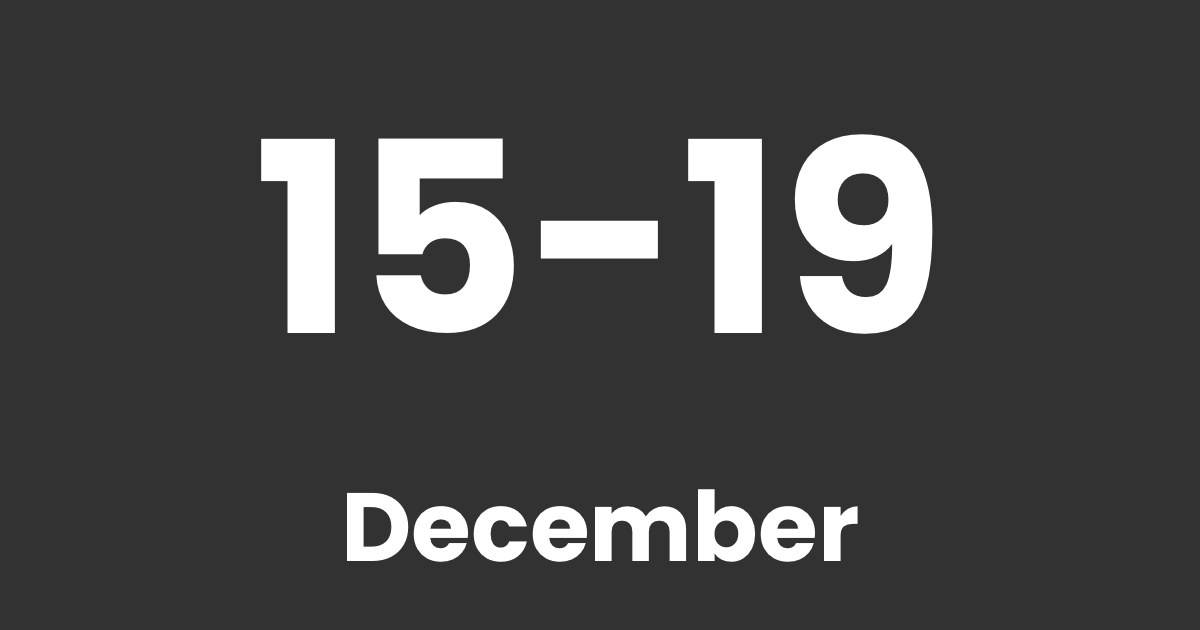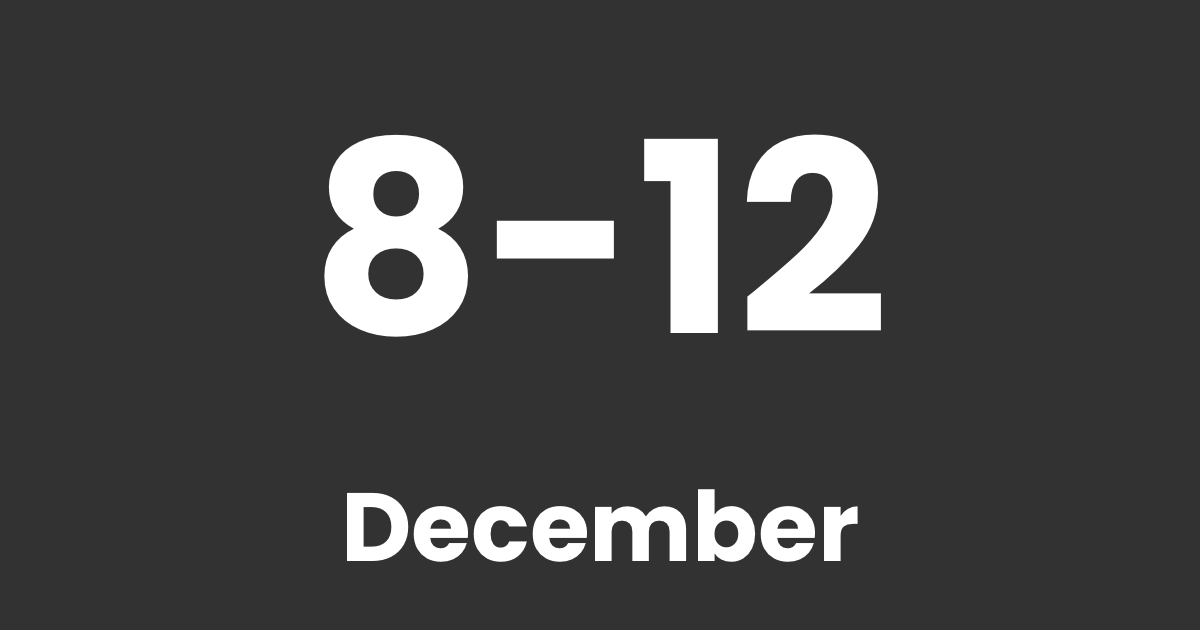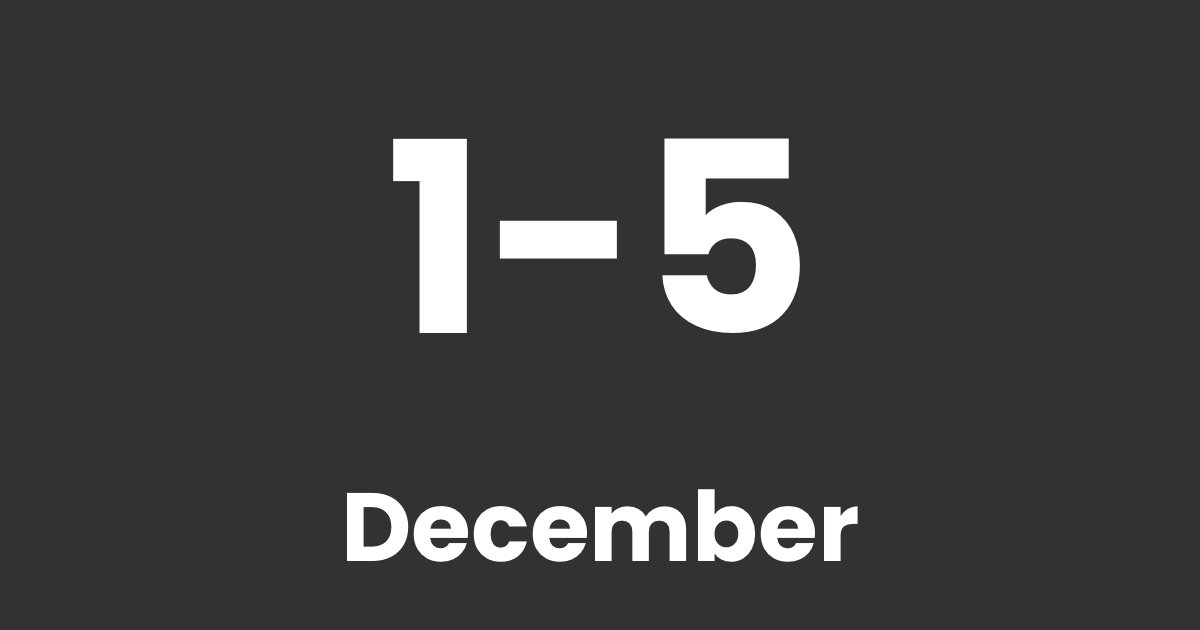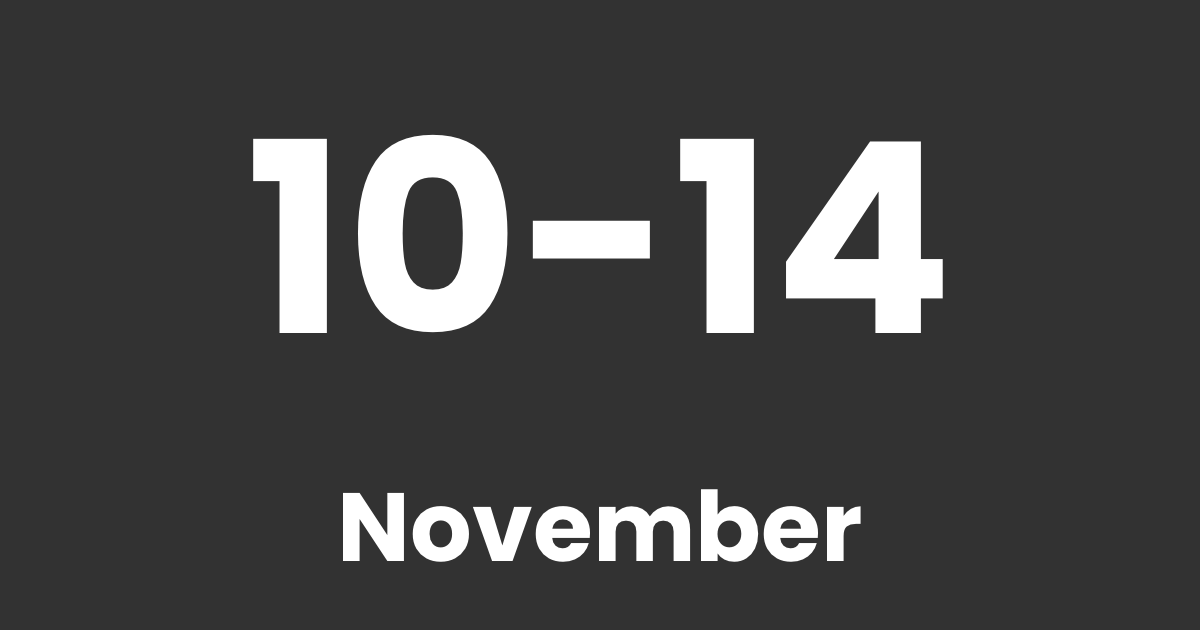Wall Street couldn’t avoid the worst performance of the quarter last week. AI trade cracked again, and a messy jobs report further complicated Federal Reserve planning.
Volatility was particularly pronounced on Thursday, when the Nasdaq opened up more than 2% on Nvidia earnings, just to close 2% down. It was one of the sharpest daily reversals of the year.
CEO Jensen Huang said demand for its Blackwell AI chips was “off the charts” and that cloud GPUs were effectively sold out. Analysts broadly cheered, and the stock’s early spike briefly powered a tech rally. But the move quickly faded as investors again questioned stretched valuations and the sustainability of AI-related capex. The message from markets: great earnings are no longer enough to expand multiples in crowded AI bellwethers.
Macro data added to the unease. The delayed September nonfarm payroll report showed headline job gains far above forecasts, but prior months were revised down, and unemployment rose to its highest level since October 2021.
The mix of news reinforced the “late cycle” narrative. Solid growth, but the labor market is losing ground.
Fed officials leaned cautious, warning against cutting too quickly after two consecutive rate reductions. New York Fed President John Williams tried to strike a balanced tone, acknowledging room for more easing over time, which helped stabilize sentiment slightly on Friday.
On the currency side, the dollar’s stability led the market. Key Asian currencies, including the yen, Australian dollar, and New Zealand dollar, lagged despite improving Japanese and Australian PMI data and firmer Japanese inflation.
Pairs In Focus
1. AUD SGD
AUD/SGD has failed to break the key resistance of 0.85500 four 4 times since September. Then it broke and was rejected from the key level below at 0.84750.
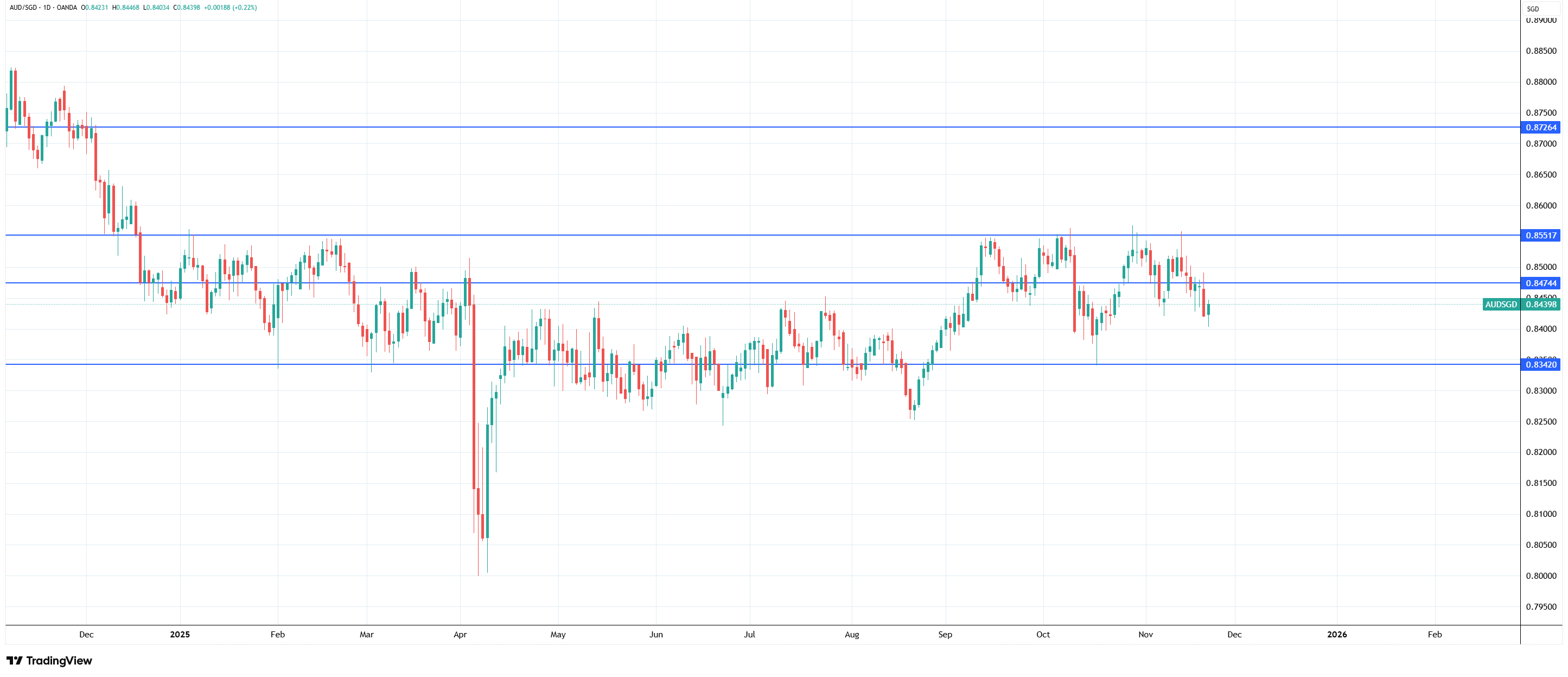
AUD / SGD Daily chart, Source: TradingView
As long as it remains under that level, there is a growing probability that it will retest the temporary support at 0.83420, which it tagged a month ago.
2. GBP AUD
GBP / AUD found support around a key round level of 2. However, after rallying, the price stuck around 2.03 – which was the previous year’s high.

GBP/AUD Daily Chart, Source: TradingView
Repeated rejections at this level increase the odds of a price reversal and potentially breaking the previous support.
The Week Ahead
Owing to the Thanksgiving holiday, investors are getting a shorter week as the U.S market is closed on Thursday, and operating shortened hours on Friday. The underlying setup remains fragile: AI and high-multiple growth are under pressure, and positioning is crowded, even as the Fed signals a slower, more data-dependent easing path.
Yet, the macro calendar remains dense. Markets will finally get delayed September retail sales and producer price index figures on Tuesday, followed by durable goods orders on Wednesday. Together, these will shape views on whether consumer cooling is meaningful and whether upstream inflation pressures are re-emerging or normalizing.
Any upside surprises in growth or prices would strengthen the case for the Fed to stay on hold in December and slow the pace of 2025 cuts, a scenario that typically weighs on long-duration growth and richly valued tech.
Globally, traders will watch whether the dollar’s strength persists and how Asian and European risk assets digest the U.S. tech selloff. In Japan, firmer CPI and better PMIs keep the possibility of a cautious BoJ hike on the table, which could eventually reduce policy divergence with the Fed.
Note: Any opinions expressed in this article are not to be considered investment advice and are solely those of the authors. Singapore Forex Club is not responsible for any financial decisions based on this article's contents. Readers may use this data for information and educational purposes only.


